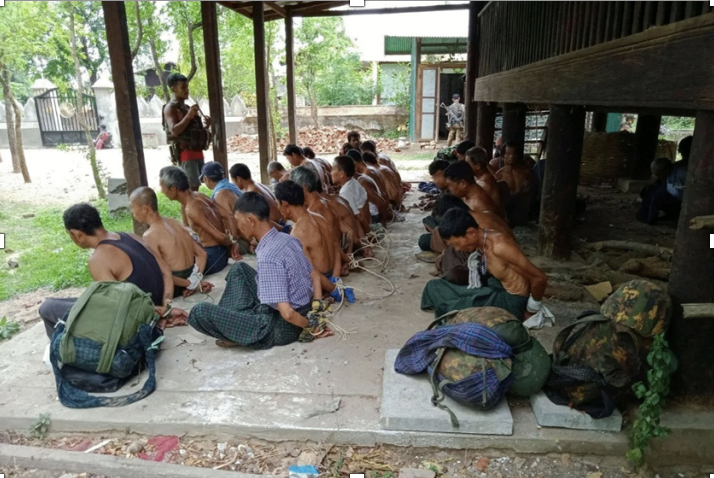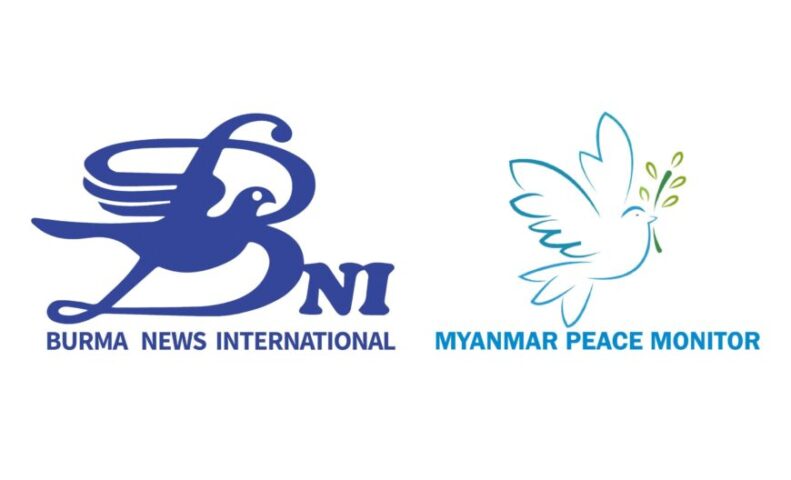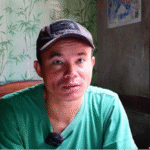
An interview with an official of Equality Myanmar which released a report titled “License to Torture”.
Equality Myanmar, which has been monitoring and recording human rights violations related to the inhuman torture of civilians by the military council since the military coup in 2021, on 18 September, introduced a report titled “License to Torture” which collected and recorded ground information.
According to the report, torture by the military is increasing year by year. In 2023, it is reported that the people who suffered the most torture are from Sagaing Region.
The Shanni Voice interviewed a female official of Equality Myanmar about the report.
Q: What are the main topics in the “License to Torture” report published today?
A: This is a report published after verifying the data collected by the EQMM (Equality Myanmar) on the victims of torture. The report describes extrajudicial arrests and torture committed by the military council and its allied armed groups, in conflict and non-conflict areas.
Q: What kind of people are the victims of the military group’s torture and which regions are the most affected in this report?
A: This report describes the lawless actions of the military council against the civilians. Most of the incidents happened in Sagaing, and most of the victims were men.
Q: According to the report, the people in Sagaing got abused and tortured most. Why do you think the people in Sagaing suffered abuse most?
A: The military could not crush the armed resistance in conflict-ridden Sagaing Region. That’s why, the military is mainly targeting and crushing the people with the aim of making them afraid and not to support the revolutionaries.
Q: According to the data, what forms of abuse are most experienced? How many people died from torture?
A: We have to distinguish between the conflict areas and non-conflict areas. Military council forces enter conflict-affected villages and arrest villagers. They are detained at non-interrogation centers like monasteries and schools. They are tied with ropes and beaten. Women are raped. Some people are killed.
Some civilians were arrested and tortured and taken to be used as human shields. Some were taken as porters. Some were killed. The army released some people after asking for money. In a place like Yangon and Mandalay, where there is no armed conflict, the civilians are taken to interrogation centers. The military council carries out intentional and systematic torture at the interrogation centers. The military council usually torture civilians physically and mentally.
The military detains the families and threatens to kill family members until it gets the information it wants. Some detainees died at the interrogation centers. We don’t know whether some people die or get arrested. Some people go missing.
According to the information we collected, the total number of the victims who died after being arrested and tortured has reached 453—316 males, 26 females, 23 children aged under 18, six LGBTQI and 82 people whose gender cannot be identified.
Q: Was the torture committed only by the military council forces? Have you discovered what other groups have done?
A: The perpetrators are the military council as well as armed organizations that have friendly relations with the military group, Pyu Saw Htee and armed group like the Border Guard Forces (BGFs)
Q: What do you want to continue to do with the information included in this report?
A: Regarding this report, we will present the situations of the people to the UN agencies such as the Human Rights Council, Human Rights Investigation Officer and the Office of the High Commissioner for Human Rights, etc., in international advocacy activities. We will continue to work on the justice mechanisms that may emerge in the future.
Q: Is there anything else you would like to add about the report?
A: We need a lot of help from the media in gathering information. If the media can help us more than now, it can be more convenient and smoother in collecting information. Thank you very much for asking.
Sent by Say Kaung Kham (Shanni voice)

